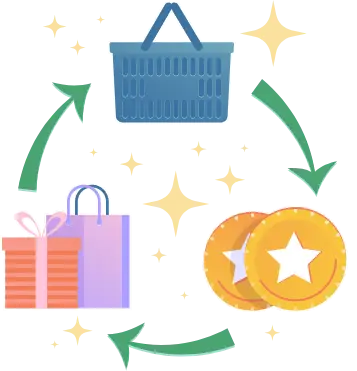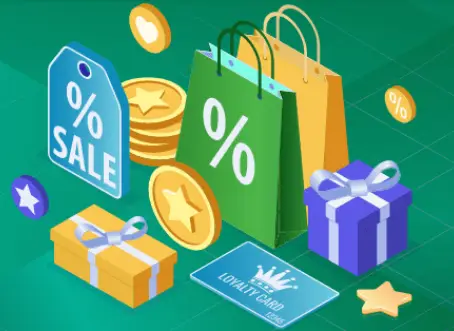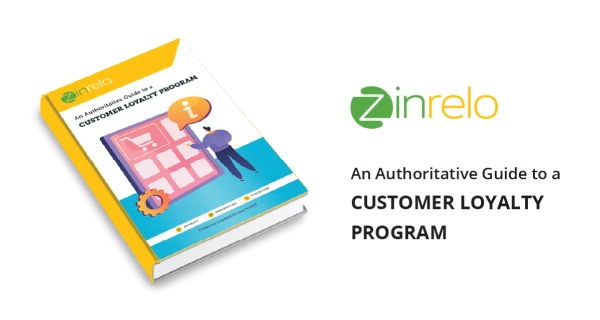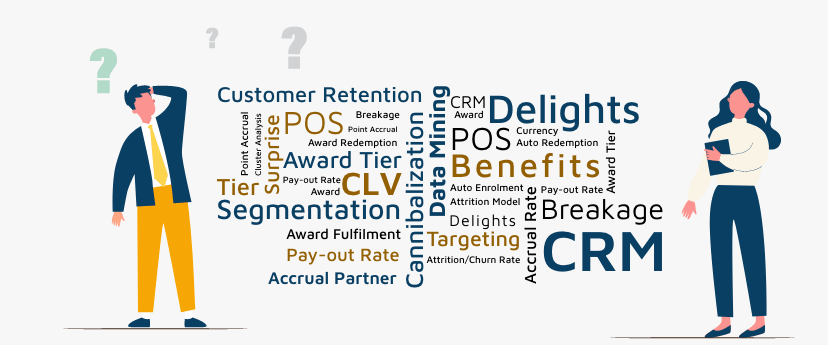Discounts are one of the easiest ways to attract new customers. There is no denying that fact. But discounts result in reduced margins. Some may argue that the increase in overall sales volume negates any effects of reduced margins per sale. But there is an approach where you can get the best of both worlds.
With a customer rewards program, a business can maintain the customer’s attention without disturbing the higher sales volume and profit margin. Let us understand how discounts work, their shortcomings and how loyalty program can fill those gaps.
From a customer’s perspective discounts offer a direct saving which is why it is interesting for them. From a business’s perspective, discounts are an easy way to acquire new customers. But this reduces profit margins and does not guarantee repeat purchase from such customers. By offering discounts, businesses still face the same challenge to keep the customer engaged. Moreover, a customer who has got a discount initially will expect it for future purchases too. Since discounts apply only to the current purchase, there is no guarantee that the customer will come back.
Now that we know where discounts fall short, let us understand how a customer rewards program can plug those gaps.
With a customer rewards program, a business offers loyalty points for a purchase. The customers get a sense of gratification with these points for their first purchase. To redeem these points, the customers are inspired to make another purchase. Basically, the points increase the probability of the customer making the next purchase. Thus loyalty points create a hook for two purchases, the current purchase and the next purchase. Moreover, points come at fraction of the cost of discount vouchers because they can be exchanged for items that have high perceived value and low cost.
If the customer does not make the next purchase, then the brand does not lose out unlike if they had given a discount for the first purchase. Points have an added benefit that they do not drastically decrease your margins, and they work better long-term to foster consumer loyalty. A Gartner article talks about how a business should focus on improving the customer experience for long term growth. A loyalty program allows you to do that without falling in the discounting trap.

Discounting is a short-term strategy. Transactional loyalty is important and will remain one of the strongest of incentives. But the strategy of tying discounts to points earned from a customer rewards program is significantly superior to the direct discount strategy.





